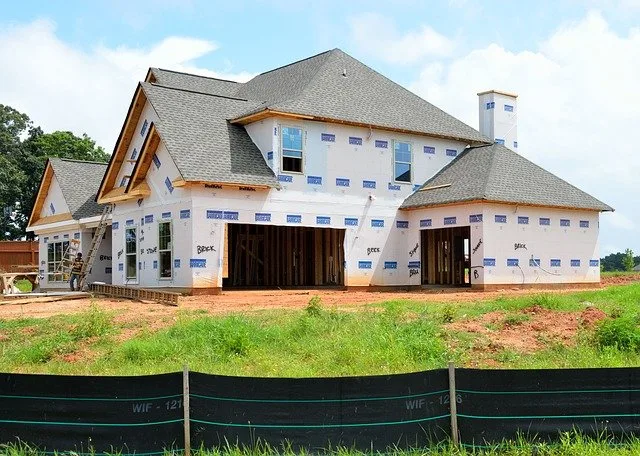
As a homeowner, you have probably already heard about home insulation. Investing in it can be pricey, so you are probably wondering whether this home improvement project will pay off in the long run. Well, you have come to the right place. Read on to find out why you should insulate your home and which insulation materials are available on the market.
Benefits of insulation
There isn’t just one reason why you should insulate your home. In fact, there are four. Regardless of whether you are using insulation foam roll or fiberglass, insulation can be an essential step towards a healthy and cost-effective home, so let’s take a look at all the benefits.
You will save energy (and money)
Do you keep your AC on at all times during the summer and spend a ton of money on heating during the winter? With good insulation, your home will remain warmer during the colder months while the hot air won’t infiltrate your home during the summer. As a result, you will use far less energy trying to regulate the temperature in your house. Therefore, you will save money on your bills.
Your home will be greener
Since you will use much less energy, you will instantly reduce your carbon footprint. In other words, insulation is not just good for your home, but for the planet as well.
Your home will be healthier
Not only will your home be much cozier, but with proper insulation, you will also keep mold away. Mold can cause respiratory problems and other health issues, so it is definitely something you don’t wish to have in your living space.
Increased value
If you are planning to move one day, keep in mind that insulation will increase your home’s value. Insulated houses are much more attractive to buyers, so you will be able to sell yours much faster, and for a higher price.
How to insulate a home
There are multiple areas of your home that require insulation. Let’s begin with the attic. This part of the house is usually insulated with loose-fill or batt insulation, but loose-fill is usually a less expensive option. In case the ducts in your house are in unconditioned space, you will need to insulate them as well. On the other hand, if you are building your home, make sure these are placed in a conditioned space.
Another part of your home that requires insulation are cathedral ceilings. With proper insulation, ceiling temperatures will remain close to room temperatures, so you will have an even temperature distribution throughout your home.
If you have already insulated all of these places, but your home still feels colder and drafty during the winter, consider insulating the exterior walls as well. This may require you to hire a contractor but will be worth the cost in the long run.
Basements are very convenient because with proper insulation they can be converted into cozy living spaces. An insulated basement will not just reduce your heating costs, but will also prevent moisture issues, insect infestation, as well as radon infiltration.
Types of insulation materials
There are several materials you should consider when thinking about home insulation. Each of them has its pros and cons, so make sure you have all the facts before you make a decision.
Foam insulation
This type of insulation is most often made of plastics such as polystyrene, polyisocyanurate, or polyurethane. When it comes to expanded polystyrene foam, this type of insulation is rigid, tough, and closed-cell. On the other hand, extruded polystyrene foam is denser and stronger than expanded one. While polyurethane and polyisocyanurate are very similar, the latter is more fire-resistant and a better insulator.
Fiberglass insulation
Fiberglass is a very common type of insulation. As the name suggests, it is made of fine glass fibers and comes in the form of boards, rolls, loose-fill, and batts. Installing this type of insulation can be tricky since without protective gear you can end up with skin and lungs irritation.
Cellulose insulation
Regardless of whether you are building your home or wish to upgrade your old one, you can use cellulose insulation. This type of insulation comprises up to 85% recycled paper. Since manufacturers add mineral borate and in some cases ammonium sulfate to this insulation, it is fire and insect-resistant.
Mineral wool insulation
There are two types of mineral wool insulation, slag, and rock wool. Both are fire resistant and come in the form of loose-fill, rolls, and batt insulation.
Natural fibers insulation
Did you know that cotton, natural wool, straw, and hemp are recycled to create insulation? Manufacturers treat these materials with various chemicals to make them fire, moisture, and insect resistant.
Denim insulation
Recycled denim is often turned into natural cotton fiber insulation, which is more sustainable, soundproof, and safer than other types of insulation. It is also more expensive.
Insulating your home can improve your quality of life and increase your home’s value, so it is an investment you should definitely consider.
- Sagittarius Man & Gemini Woman Love and Sex Compatibility - January 31, 2024
- Taurus Ascendant Rising Personality Traits in Men (Guide) - January 31, 2024
- How to Seduce and Attract a Sagittarius Man (Seduction Tips) - January 31, 2024
